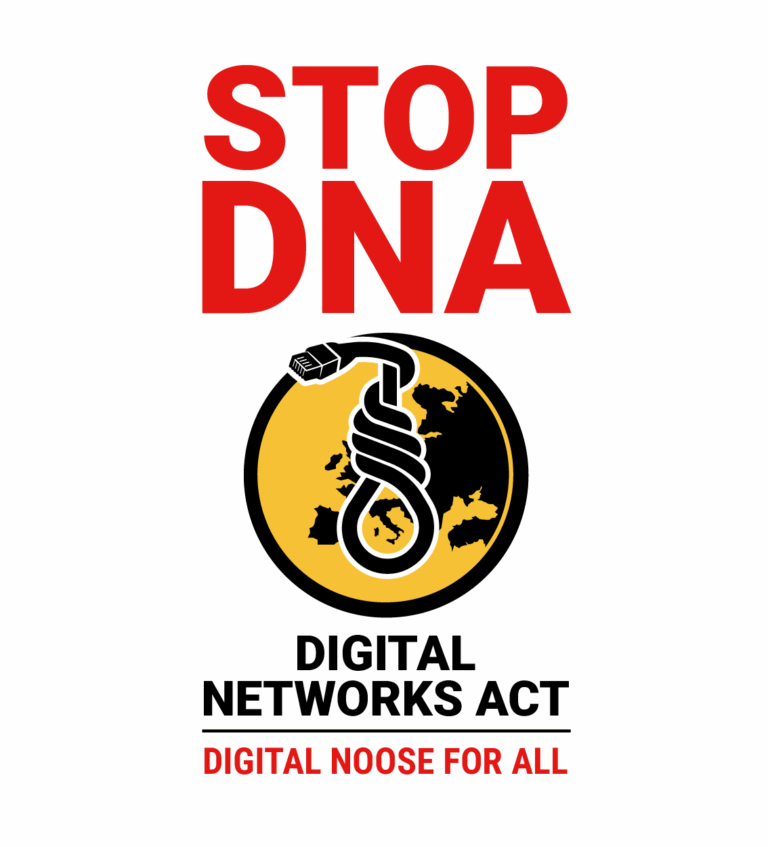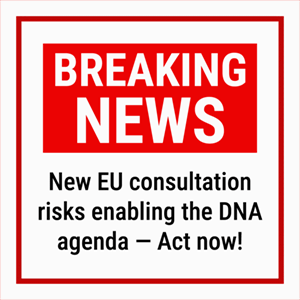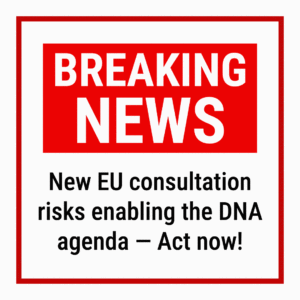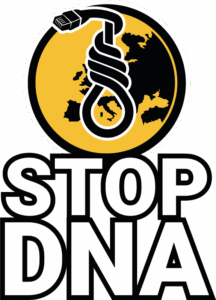Linkedin
Autore: Luigi Gambardella
At a time when Europe wants to sprint toward artificial intelligence and next-generation connectivity, it risks stumbling by rewriting its digital rules from scratch. With the Digital Networks Act (DNA), the European Commission aims to radically transform the regulatory framework for telecommunications. But the question remains: do we really need a new regulation? Or are we at risk of creating more confusion than progress?
The goal of the DNA is ambitious and, in principle, commendable: simplify the legal framework, improve spectrum management, ensure fairer competition between network operators and digital platforms, accelerate fiber deployment, and harmonize the work of national and European authorities. But when we look more closely, several concerns arise—especially regarding timing, methodology, and real impact.
A young system that deserves a chance
The current framework, the European Electronic Communications Code (EECC), was only adopted a few years ago. No serious impact assessment of its implementation has been conducted yet. In this context, dismantling it in favor of an entirely new legislative structure seems premature and risky. Such a radical change could generate uncertainty for companies and investors—right when Europe needs stability to attract capital and build cutting-edge networks.
Simplification, but done right
Merging different regulations—like the EECC, the Open Internet Regulation, and BEREC rules—into one single text may seem like simplification, but it does not automatically lead to greater clarity. Each legal instrument has different origins, scopes, and objectives. A forced consolidation could result in confusion, especially if not paired with a clear rationalization of content.
Instead, targeted updates to the existing frameworks would allow Europe to maintain flexibility and coherence without creating unnecessary legal vacuum or overlap.
Respect for local realities
One of the greatest risks of the DNA is excessive centralization. National regulatory authorities know their markets best and know when and how to intervene. A single European regulation, if too rigid, might not fit all local contexts—especially in countries like Italy, where regulation of telecommunications and media are integrated under the same institutional umbrella. Careful attention is needed to avoid regulatory mismatches or conflicts.
Structural Separation: where competition begins
A key issue is the future of infrastructure-only operators—so-called wholesale-only providers. These companies focus exclusively on building and managing networks, without selling services directly to end users. This model, increasingly adopted across Europe, is based on a simple but powerful principle: separating network management from service provision.
Why is this important?
Because structural separation fosters competition in downstream markets—those where operators provide internet access, telephony, content, and digital services to consumers and businesses. When multiple service providers can access the same network on fair, non-discriminatory terms, competition increases. This leads to lower prices, better quality, more innovation, and greater choice for users.
The wholesale-only model is therefore a vital tool for ensuring service pluralism, avoiding market dominance, and accelerating fiber deployment in a neutral and transparent way. It is no coincidence that this approach is supported by several national regulators and is proving to be an effective response to the digital transition challenge.
However, the DNA does not fully acknowledge the value of this model. On the contrary, it introduces uncertainty around network access rules and the regulation of relationships between operators. The idea of imposing a “standardized access product” across the EU may sound appealing, but it risks being ineffective—or even counterproductive—if it undermines successful models already working in the market.
The new framework should not penalize those investing in open and neutral infrastructure. On the contrary, it should protect and encourage them. Europe cannot afford to discourage investments in modern, independent networks—because this is exactly where real competition and digital inclusion begin.
A level playing field for satellite and terrestrial operators
Another delicate issue is the relationship between satellite internet providers and terrestrial network operators. Ensuring fair competition is essential—but we must also recognize the deeply different technological, economic, and regulatory conditions under which these two types of players operate. Applying identical rules to such distinct systems could hinder innovation and limit flexibility.
Europe needs stronger, faster, and more reliable networks—but it does not need a hasty legislative revolution. The DNA is born of good intentions, but it risks becoming a costly and disorienting experiment. Before rewriting everything, it would be wiser to fix what doesn’t work. In the digital world, moving too fast in the wrong direction can mean losing ground instead of gaining it.
And above all, let us not forget the people at the end of this chain: European citizens and businesses. What they need are clear, balanced, and effective rules—not new layers of complexity. The digital transformation should be built on intelligent regulation, not leaps into the unknown.




